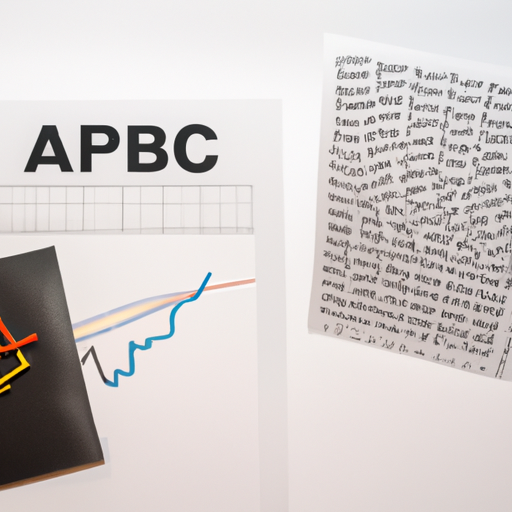Application Development in Microprocessors for CFR-25JB-52-18R: Key Technologies and Success Stories
Application development in microprocessors for aviation and aerospace standards, such as CFR-25JB-52-18R, requires a meticulous approach to ensure compliance with safety and performance regulations. This involves integrating various hardware and software technologies tailored to meet the stringent requirements of the industry. Below are some key technologies and notable success stories that highlight advancements in this field.
Key Technologies
| 1. Real-Time Operating Systems (RTOS) | |
| 2. Embedded Systems | |
| 3. Safety-Critical Software Development | |
| 4. Fault-Tolerant Design | |
| 5. Hardware-in-the-Loop (HIL) Simulation | |
| 6. Model-Based Design | |
| 7. Communication Protocols | |
| 8. Power Management | |
| 1. Boeing 787 Dreamliner | |
| 2. Airbus A350 | |
| 3. NASA's Mars Rover Missions | |
| 4. General Aviation Avionics | |
| 5. Unmanned Aerial Vehicles (UAVs) | |
Success Stories
Conclusion

The application of microprocessors in aviation and aerospace, particularly in compliance with standards like CFR-25JB-52-18R, is a complex yet rewarding endeavor. By harnessing advanced technologies and methodologies, developers can create systems that significantly enhance safety, efficiency, and performance in aviation applications. The success stories from leading aerospace companies and innovative startups underscore the transformative potential of microprocessor technology in the industry, paving the way for future advancements in aviation and aerospace systems.
Application Development in Microprocessors for CFR-25JB-52-18R: Key Technologies and Success Stories
Application development in microprocessors for aviation and aerospace standards, such as CFR-25JB-52-18R, requires a meticulous approach to ensure compliance with safety and performance regulations. This involves integrating various hardware and software technologies tailored to meet the stringent requirements of the industry. Below are some key technologies and notable success stories that highlight advancements in this field.
Key Technologies
| 1. Real-Time Operating Systems (RTOS) | |
| 2. Embedded Systems | |
| 3. Safety-Critical Software Development | |
| 4. Fault-Tolerant Design | |
| 5. Hardware-in-the-Loop (HIL) Simulation | |
| 6. Model-Based Design | |
| 7. Communication Protocols | |
| 8. Power Management | |
| 1. Boeing 787 Dreamliner | |
| 2. Airbus A350 | |
| 3. NASA's Mars Rover Missions | |
| 4. General Aviation Avionics | |
| 5. Unmanned Aerial Vehicles (UAVs) | |
Success Stories
Conclusion

The application of microprocessors in aviation and aerospace, particularly in compliance with standards like CFR-25JB-52-18R, is a complex yet rewarding endeavor. By harnessing advanced technologies and methodologies, developers can create systems that significantly enhance safety, efficiency, and performance in aviation applications. The success stories from leading aerospace companies and innovative startups underscore the transformative potential of microprocessor technology in the industry, paving the way for future advancements in aviation and aerospace systems.






